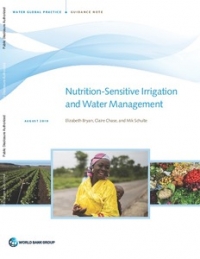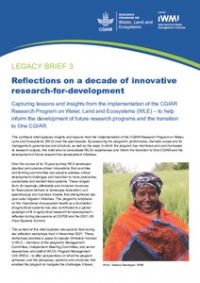This was the question discussed by experts at a session during this year’s World Water Week. One message of the session was clear: water and nutrition security are closely intertwined—there is no nutrition security without water security and there is no water security without emphasizing the sustainability of water resources in food security and nutrition security strategies—as most water withdrawals are used within agriculture and primarily to produce food.
While water and nutrition are deeply interdependent, there remain significant knowledge gaps in understanding not only many of the linkages between water and nutrition security, but also the interlinkages across, say, climate change, water pollution and nutrition or across watershed degradation and nutrition outcomes, as documented in the WLE Research for Development brief.
Experts from the United Nations Standing Committee on Nutrition (UNSCN), World Bank Water, International Food Policy Research Institute (IFPRI), and the Stockholm International Water Institute (SIWI), discussed action arenas that would enable bringing together nutrition and water interventions under the SDGs, within the timeframes of the UN Decades of Action on Nutrition and the UN Water Action Decade.

“Considering the current water and nutrition challenges, we are not on track to achieve Goals 2 and 6,“ says Stineke Oenema, UNSCN Coordinator. “And we can’t get there unless we explicitly take nutrition into account in water policy.”
“Globally, one in three people are malnourished, while every third person lives in a water stressed environment—in just three decades one in two people might well be malnourished, while half of the world’s population will live with water stress.”
The reasons for this, says Jan Lundqvist, senior scientific advisor at SIWI “are climate change, population growth, growing wealth, overeating and food losses and waste—which all lead to wasteful water use.”
According to Claudia Ringler, Deputy Division Director at IFPRI and Flagship Program lead at the CGIAR Research Program on Water, Land and Ecosystems (WLE), “several actions can be implemented now that would help the two UN Decades and get SDG 2 and SDG 6 on track. These include: 1) Increasing coordination across the water and nutrition communities at all levels to avoid that nutrition strategies harm water ecosystems or that food security strategies convert wetlands to waste areas; 2) Ensuring the nutrition-sensitivity of all water investments; 3) Making dietary guidelines work for people and the planet; and 4) Enabling women’s empowerment through individual and joint water and nutrition interventions.”
How can we go about this? Irrigation and water resource investors and managers are called upon to pilot and adapt the recently launched guidance and indicators for monitoring of nutrition-sensitive irrigation and water resource management. Practitioners can also use evidence on the impact of irrigation on undernutrition generated by the USAID supported Feed-the-Future Laboratory on Small-Scale Irrigation as well as case studies and policy recommendations that the UNSCN will publish toward the end of 2019. Researchers and practitioners who want to implement cross-sectoral solutions in the water-nutrition space can apply for the Bridge SPARK Fund until Oct 4. And academics who want to incorporate insights into teachings can consider the book “Water for Food Security, Nutrition and Social Justice” that will be published toward the end of 2019. Finally, those who want to be part of the community on water-nutrition solutions, please contact c.ringler@cgiar.org.
It may yet be possible to bring the water and nutrition communities closer together through these identified actions and entry points that includes ensuring nutrition amid climate change and supporting nutrition under growing water stress. “We can work towards harmonizing the two UN decades of action on nutrition and water by working together by developing nutrition-sensitive water management, supporting sustainable and healthy diets and integrating social and gender dimensions in our interventions,” says Stineke Oenema.
PowerPoints from the session can be viewed and downloaded below:


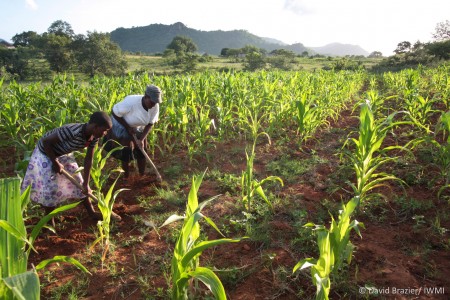
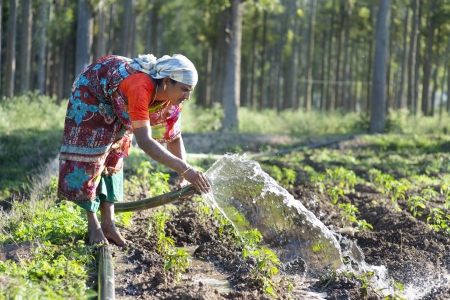

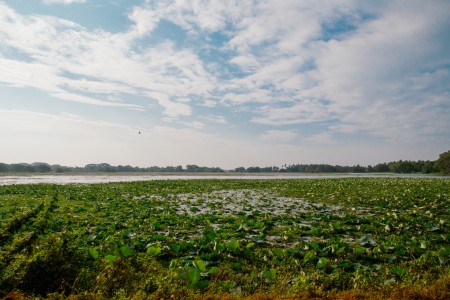

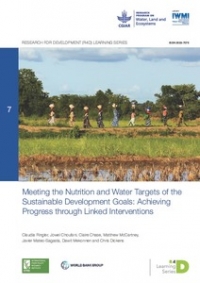
.pdf_/index.jpg?itok=Cpg_jrWM)
